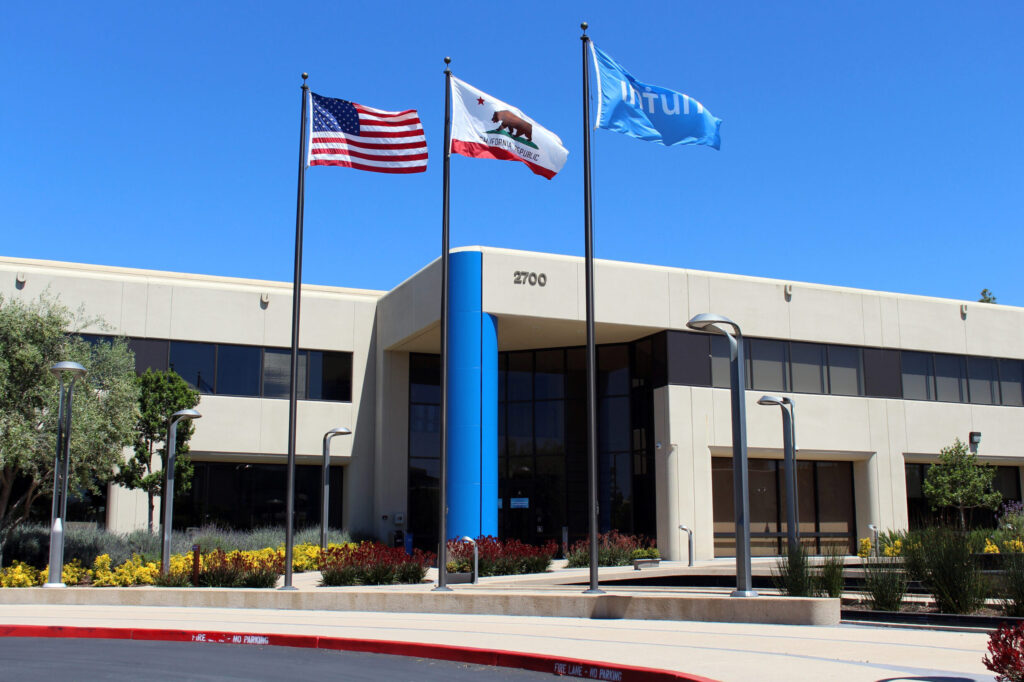
Intuit is famed for its financial products but what people don’t often see is the meticulous skill and effort that go into designing these much-loved platforms. Here, in an exclusive deep-dive, Digital Bulletin speaks to a number of the company’s design team to find out how Intuit has carved out a reputation as one of the world’s most innovative design centres
Intuit is a company that was founded with design excellence in mind. When it was formed in the early 1980s, there were already a number of businesses offering software to help people manage their financial lives. But co-founder Scott Cook saw an unique opportunity to create a better product by focusing on delivering the value customers wanted the most – saving time with financial admin – through a simple and elegant solution. This was the beginning of Intuit’s original product ‘Quicken’ which became market-leading in a matter of just a few years.
Since then, the company has made its name with products like QuickBooks, Mint and TurboTax. In 2008 its upper management and leadership teams were seeking ways to create the new chapter of growth and innovation and one of its main strategies was to place Design Thinking at the heart of the organisation. Since then, Intuit has prioritised world-class design and is consistently recognised as one of the industry leaders when it comes to design innovation and culture.
At the heart of Intuit’s commitment to design excellence sits ‘Design for Delight’, a philosophy first conjured during the 2008 refocus. It is a three-pronged concept that focuses on exceeding customer expectations and delivering value to their businesses.
The first pillar of Design for Delight is ‘Deep Customer Empathy’, whereby Intuit seeks to completely understand who their customer is, the issues they are facing and their pain points by observing their behaviours and understanding how they can benefit the most. Only then, the company believes, can it truly build products that answer customers’ specific needs.
Next is ‘Go Broad to Go Narrow’, where ideation and prototyping sessions derive many different solutions, which can then be tailored to achieve the greatest customer benefit. The third and final pillar is ‘Rapid Experimentation with Customers’, built on the belief that testing solutions with users early and often will always lead to better products and services.
Gustavo Machado, Design Director at Intuit, tells Digital Bulletin that Design for Delight is an integral part of the company’s DNA, so much so that every single employee that joins the organisation completes an in-depth training programme on it. It is an approach that makes Intuit’s design strategy unique, he believes.
“Through this process and with those iterative loops, we are able to evolve our ideas and solutions to create an experience that is going to bring delight to our customers. As designers, we play a critical role in leading and teaching the organisation Design for Delight,” he says.
“This is something that we truly believe is a factor that not only drives alignment across the organisation but is also one of the catalysts for Intuit being one of the most innovative companies in the world.
“Organisations that embrace design create far better products and business outcomes. When everything you do starts and ends with the customer at the heart of it, you’re in a great position to create consistently delightful experiences for your customers. Design is a huge positive for any business as when you have customers that are delighted, they’re going to stay with you, buy more from you and recommend you to others. We focus on delight and everything flows from there.”
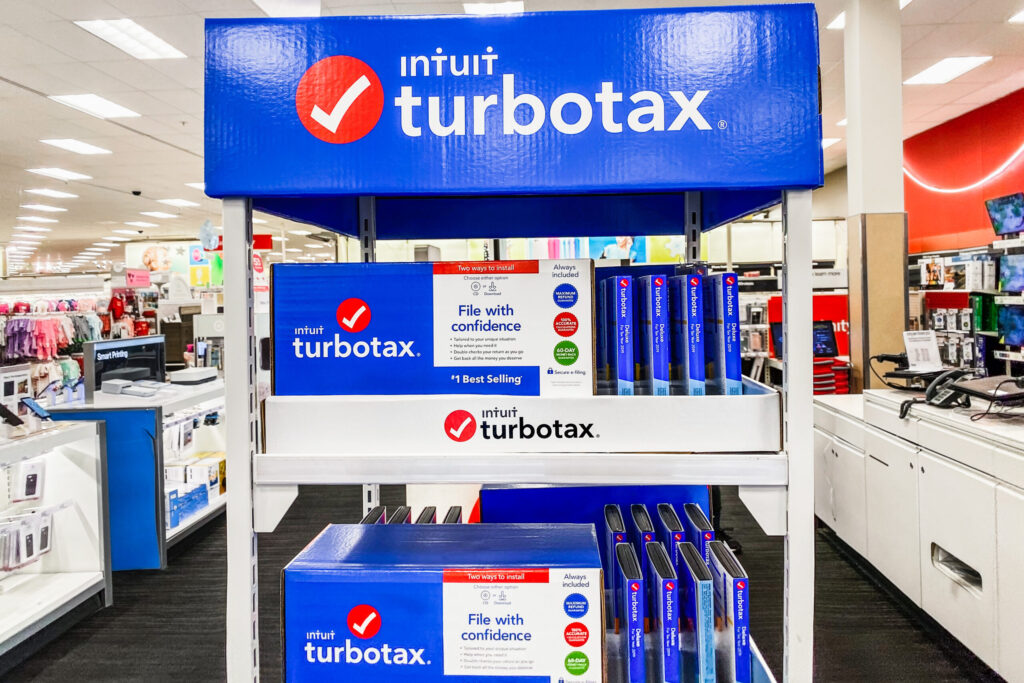
It is clear that for Intuit, design goes beyond simple functionality and features and is instead viewed as a tool to elicit feeling, to emote and produce outstanding experiences. In a conversation that could come right out of Apple’s playbook, Joe Preston, VP of Design at Intuit, says one of its guiding principles is to design with “integrity and emotion” in order to produce ecosystems that businesses “love”.
“Those are words that are really important because design can have a major impact on influencing decisions and we want to make sure that those decisions are as honest and truthful as possible. Emotion is a really important aspect because with so many of the products and services we use in our daily lives, it is not enough to just complete a task.
“If we are to compete, we expect our digital products and services to have an emotional impact on us. At Intuit, we use the word delight a lot and that is where designing for emotion comes into play.”
As you would expect from a company that has embraced design thinking, design – and, therefore, its designers – is integral to the company’s product vision. Natalie Harmon, Product Designer at Intuit, says that design teams are able to shape products because of their unique vantage points.
Optimal Workshop
“I think we’re good at seeing the world as it is with its flaws,” she says. “And then we’re good at imagining the world as it should be. So for our products, we can kind of paint a picture of what the ideal state would be and really bring that to life in a way that gets our partners on board and reminds us who we are serving.
“I like to think that if sometimes we have our heads down in one, taking like baby steps at a time, design’s role is to lift people’s heads and remind us of which direction we can be heading in and using empathy for the customers to guide the rest of our teams.”
To speak to Intuit’s employees is to understand how highly design is regarded, with designers often spoken about in a sense of awe. More than once, the term ‘superpower’ is used when it comes to the ability to craft and deliver products that make life easier for customers.
Preston has no doubts at all, calling design “a unique superpower”. He takes an example of a company lunch room, a place where everyone has their own ideas about how the business can be improved, how employees’ wellbeing could be better prioritised or how culture shifts could take place.
“For the most part, those ideas are going to come across in conversations, or maybe words on a page, whereas a designer that has ideas is actually going to start visualising them, they’re going to start sketching and beginning to build a prototype,” he says.
“That’s where design superpower comes in because that designer that sketched out that prototype concept is going to walk into that room and is going to have a very different impact as far as influence over people. Because effectively, they’ve got the visual artefacts that we as humans really connect with.”
Continuing the theme, Machado says he thinks about designers “a bit like super humans” in the sense that they are able to use their skills to make demonstrable improvements to the world around us.
“Designers have the ability to imagine the future and use their creative muscles to show us how often very complex problems can be translated into simple and elegant solutions. Designers have this unique ability of translating abstract concepts into tangible prototypes,” he says.
“By doing that, we bring the different perspectives of either the designers or the teams that are working in solving that problem into something that everyone can see from the same perspective. We can test and we can iterate and that becomes an incredible source of alignment, but also it galvanises the teams in the organisation behind a vision that everyone gets excited about and helps us really understand where we are heading.
Underpinning everything is Intuit’s DesignOps team, which creates value for designers and the wider business by amplifying the impact of design teams, enabling them to get on and do what they do best – design. Processes have been simplified or automated where possible with design processes harmonised for Intuit’s global design teams.
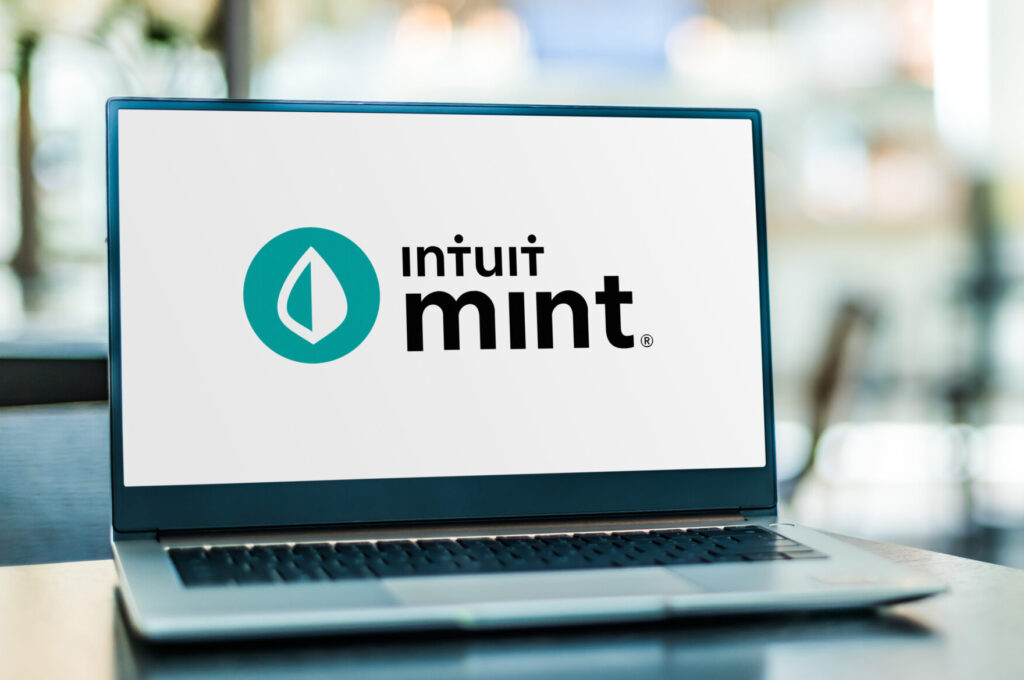
Bernice Lee, Head of Design Operations, says DesignOps at Intuit revolves around a standardised framework that adds rigour and process to the product design workflow, allowing teams to have flexibility to create while also following a process that helps them to design in a more efficient and effective manner. DesignOps, she says, “is a mixture of science and art”.
“The role of DesignOps at Intuit really is unique because of the fact that we have so many different design programme managers, design operation professionals in our community, and they’re spread out across all of our business units and support various products and within our brands,” she says.
“We are a catalyst for the design function. Our key strengths are in identifying those areas of opportunities that exist to help our designers scale and to help facilitate the design process. It could be as small of a task as defining what a tool should be, or as broad as leading sprints for our design teams to be able to really hone in on what the customer problem is.”
One of the key requirements for DesignOps at Intuit is to amplify the impact of design, ensuring that designers can create first-class experiences for customers.

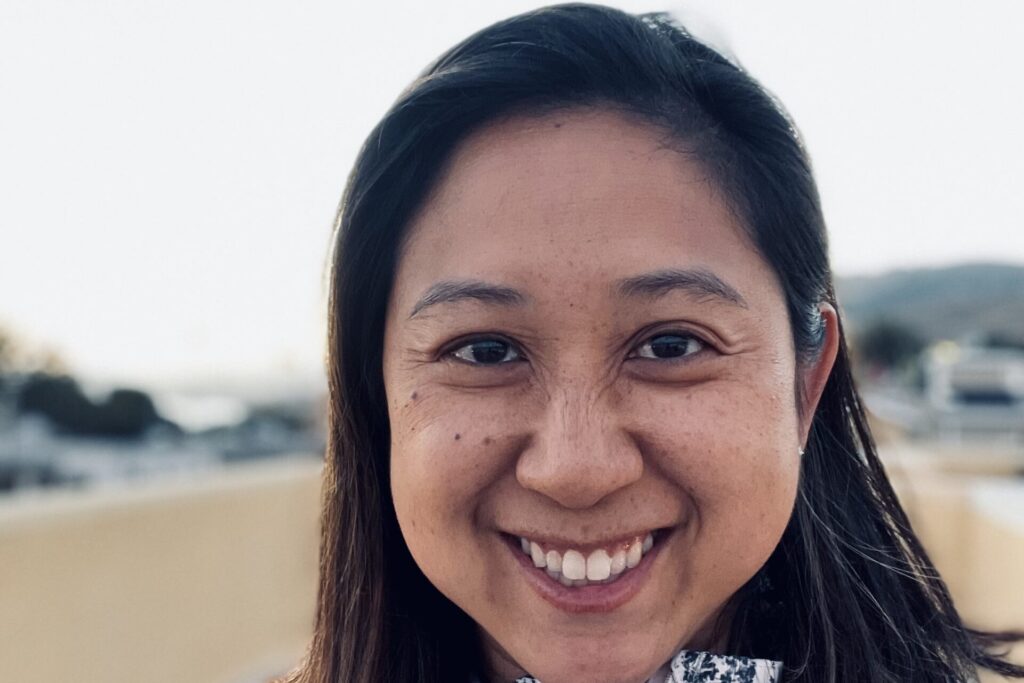
“The goal of our community is really to define what those frameworks and processes are,” says Lee. “DesignOps looks at itself as another part of our design community and we try to be a common thread that runs through all of the teams to help them stay focussed and sure of what the priorities are. The success of DesignOps is ultimately in solving problems for our designers, unblocking issues or just being a supportive guide and teammate.”
Another crucial component of Intuit’s design framework is rigorous testing to ensure the final product has been finely tuned to suit its clientbase. Central to this effort has been Optimal Workshop, a User Experience research platform that helps companies test, iterate and optimise their websites, apps and services.
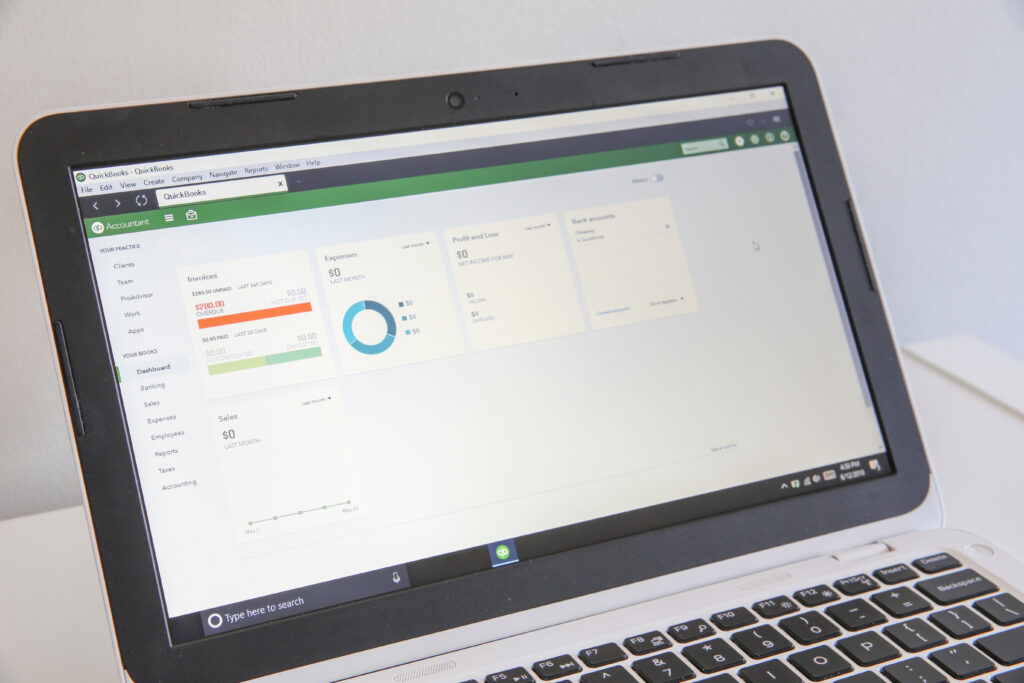
Having started with just a few enterprise users of the Optimal Workshop platform, a meeting between the two companies led to it being used more widely across Intuit, with workshops from stakeholders of both companies deepening the relationship.
“Working with Optimal Workshop has been super empowering for me as a designer, because oftentimes, when we have a hypothesis, we have to lean on analysts or engineers to help us either run tests and products,” says Harmon. “With Optimal Workshop, I’m given the keys to the investigation myself. So when I have my hypothesis, I can quickly run tests with customers and get results sometimes in a day. It’s like, ‘poof, magic’.
“It also really helps us test at scale. With one of the projects that we were working on recently, we were able to run 600 different tree test studies. And in the process of doing those, we really narrowed in on a direction that we feel confident in launching a product because it could have a really major impact. Optimal Workshop has been both empowering and has helped us design with data-backed decisions.”
When you speak to some of Intuit’s leading lights about the future of design, you notice that they are taking a broad view. Of course, there are grand ambitions on a micro level, to improve design yet further, to bring in more design expertise and to fine tune its processes on an ongoing basis. But the real excitement comes when talking about the impact design can have on a far broader level.
“I think we could already attest that design has changed the world, through the Industrial Revolution and the Information Age,” says Preston. “Where it probably has the ability to change the world now is its application with really grand challenges, so how do we get to space differently, how do we overhaul power and energy infrastructure to become more sustainable, how are we going to solve climate change?
“Those are grand challenges that are going to involve design, they already do involve design. I think it is going to be really interesting to see the design process transcend from where it has been traditionally, which is to make products and services, to being a tool to really power the world and impact our daily lives.”
Looking ahead, Harmon says her hope for design is that it becomes more diverse and boundaryless and that designers can increasingly use their skills outside of their usual confines for the benefit of all of society.
“I think we can see how design is so valuable to the creation of products and communication and I’d love to see the impact that we could have on things like social systems and larger-scale issues. It’d be really awesome that in the next few years if there are major advances in education, or sustainability or social justice and things like that, these improvements wouldn’t have been possible if design didn’t have a seat at the table.”


